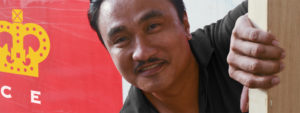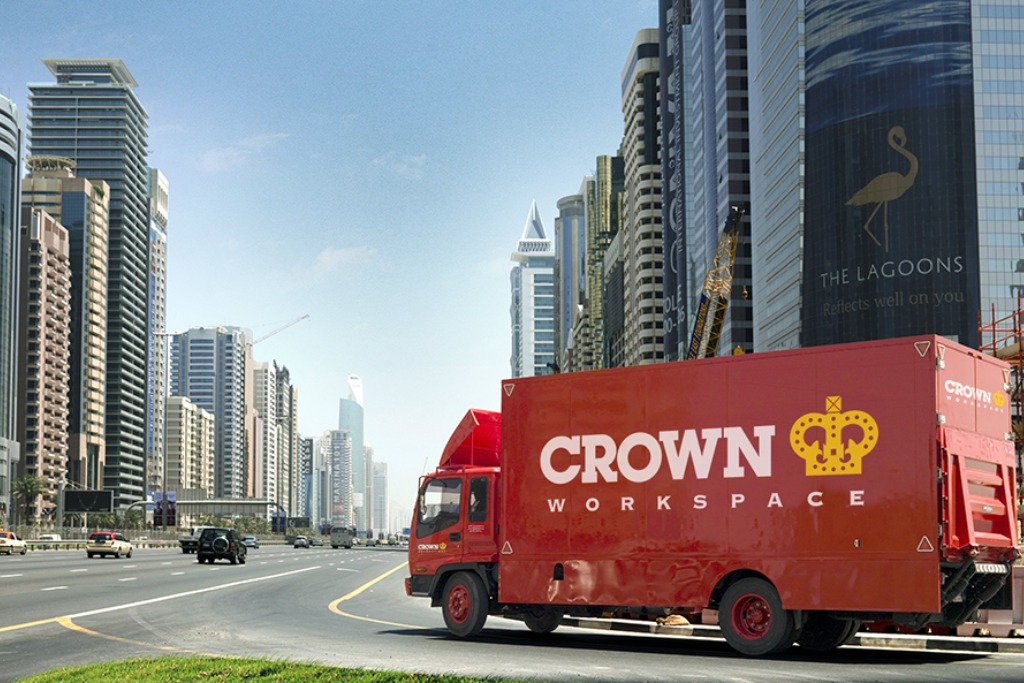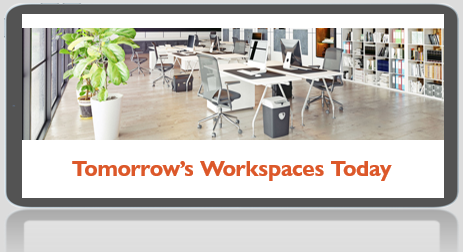Four key components to a successful industrial move
For any organization, changing location needs careful planning and execution. But for some companies the nature of their business means they need something more tailored than the average office move.
For example, hospitals, galleries, laboratories, and factories will require specialists to ensure business continuity and the safe transfer of highly sensitive and valuable equipment.
Industrial moving is a complex procedure, but it doesn’t have to be a problematic one – with the right equipment and expertise, the process can be smooth.
Industrial moving – how equipment relocation services work
A huge amount of planning goes into any office move, from how to relocate staff and furniture to when the move should happen, whether it will be phased, and how it will be announced to key stakeholders such as investors or customers. However, with an industrial move there is often an extra layer of complexity.
In this article, we spoke with Workspace specialists to explore the four components for a successful industrial move:
1. Planning
Planning an industrial move will begin with a series of meetings to discover the organization’s needs and establish exactly what is required. This process will occur many months, or even a year or more, before the move takes place. A reputable relocation firm will look at every aspect and work closely with each client to devise the most efficient way to relocate industrial equipment and people. The overriding factor that should be considered is: does this minimize downtime for the client?
2. Project management
A project manager will usually be appointed to oversee the move, liaising between the client and the relocation firm. Depending on the scale of the move, the project manager may even be embedded within the client’s organization for a period, getting to know its practices and establishing exactly what needs to be done.
Emphasis is placed on thoroughly understanding every department, what is being moved, the condition it needs to be relocated in and the environment in which they will be working.
3. Equipment relocation
Industrial equipment may need to be decommissioned and dismantled before it is moved and recommissioned in its new spot. Laboratory equipment can be particularly sensitive, or there may be refrigeration units housing biohazardous material that must be maintained at a certain temperature.
Such materials cannot be easily replaced and therefore moving them must be planned to the minute to ensure the temperature remains constant. Sometimes, an organization will require the materials to be moved but not the refrigeration units housing them so any firm facilitating this will have to consider how to best move potentially dangerous materials and avoid any contamination.
Similarly, stable temperature and humidity is vital when historical artefacts or paintings are moved in which case temperature-controlled vehicles are a must.
4. Risk management
Risk factors are considered throughout the entire process and as far as possible, every eventuality is accounted for. For example, how to keep refrigerated vehicles working if they break down, what happens during adverse weather such as high winds when a crane is required, alternative routes in case of road closure, equipment failure and so on. This may require even greater consideration during industrial moving – particularly in the case of older buildings with access constraints and walls which might need to be dismantled before equipment can be transported.
Sometimes equipment may be so large that the only way to transport it is to break it down into its constituent parts and rebuild it onsite.
Case study – Moving the laboratory for SGS Gulf in Jebel Ali Free Zone

Crown was responsible for moving SGS Gulf to their newly acquired 10,000 sq. feet, state-of-the-art laboratory within the Jebel Ali Free Zone. The business requirement meant we had 2 days to move all the heavy-duty lab equipment over the weekend for a smooth start.
Apart from the testing equipment they also had more than 900 glassware consumables such as culture vessels, media bottles, beakers, glass pipettes, which had to be packed with utmost care for the move. Our IT team also did the disconnection and reconnection of 15 bespoke IT equipment each connected to a specific testing device.
Teamwork at its best!
Sustainability
Sustainability is an integral part, from route optimization to the use of recyclable and sustainable materials for packing. This can be challenging in a laboratory environment where cross contamination is a very real risk and disposable materials are sometimes a necessity, but it is something which is considered throughout. Crown is also conscious of its own carbon footprint and undertakes steps to minimize it wherever possible.
In any industrial move, there is a need to act efficiently and quickly but with precision and extensive planning. Crown Workspace’s experienced team can do just that – provide simple and effective industrial relocation services which minimize stress for an organization’s leaders and workers, but which get the job done.
Industrial moving requires careful planning, but it doesn’t have to be problematic and Crown’s ethos places huge emphasis on achieving this with minimal disruption and in a sustainable way.
Related stories
Unlock the potential of your workspace with Crown Workspace UAE. Discover innovative solutions to optimize office space, boost productivity, and save costs. Let us tailor a dynamic environment that empowers your team and drives success.
The office as a physical (and digital) space is continuing to transform with changes in working practices, hybrid working, and an emphasis on sustainability. What are five ways to stay ahead of the curve, retaining employees and attracting new talent in the process?
Growing the business might mean adding people, but space planning can help you think critically about the space people need to work productively. Read our latest blog today!




















